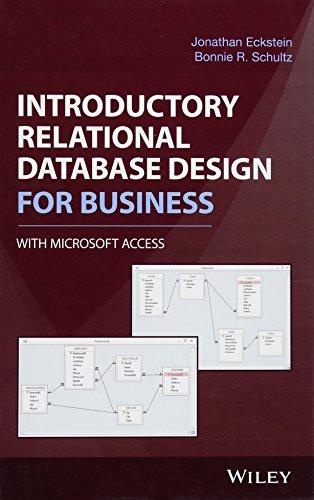Question
Write a subroutine to add the numbers from 1 to 100. The limit number (100 in this case) is in the $a0 register. When your
Write a subroutine to add the numbers from 1 to 100. The limit number (100 in this case) is in the $a0 register. When your assignment is graded, this number may be changed, so your code should work regardless of what the limit number is.
Copy the boilerplate code in the box below into MARS and save it as .asm(e.g., glock.asm) Please do not use .txt or nothing as an extent as these will get lost when I download the code from Blackboard. Do not submit your code as a word document or a pdf. You will be graded as late if you do.
Add your code at the very bottom of the code below. Do not change any of the code above that point in your submission. You may, when you test your code, substitute different numbers for the 100 in line 3, but reset that number to 100 when you submit the assignment. Altering the boilerplate code will result in a 0 on the assignment because it potentially changes the problem youre trying to solve.
The boilerplate code is commented, so you are encouraged to study it to see how it works. This may help you when you add in your code. Basically, the number 100 is loaded into the $a0 register and a separate routine is called to compute the sum of the numbers. Its result is saved in register $s0. Notice that this routine does not alter the calling argument in $a0. Your summation routine is called next and its result is compared with the previously stored result. If the two results compare, you get the success message. If not, you dont.
Correct output looks like this:
Congratulations, your code appears to work!
-- program is finished running --
You will lose points on this assignment if you 1) alter the boilerplate code in the file you turn in, 2) name the file something besides .asm, 3) dont get the right answer, 4) alter the values in $a0 or $s0, 5) do not return properly from your subroutine, and 6) haveside effects in your code (i.e., dependencies on other code apart from $a and $v register values)
.........................................................................................................................................................................
.data Limit: #sum from 1 to this number .word 100 Success: #Happy message string .asciiz "Congratulations, your code appears to work! " Nonsuccess: #Other message string .asciiz "You still have work to do... "
.text #running program starts here lw $a0, Limit #provide the argument to the subroutine call
jalGaussianSum: #calculate the sum based on Gauss' formula: n(n+1)/2 addi $s0, $v0, 0 #save the result for later
jal Sum #Execute student's code
beq $v0, $s0, Good #compare values, go to Good if the same la $a0, Nonsuccess #load the address of the unsuccessful message j AlmostDone #jump to place where it's printed out Good: la $a0, Success #load the success message AlmostDone: addi $v0, $0, 4 #tell the OS to print the string whose address is in $a0 syscall #kernel call
addi $v0, $0, 10 #tell the OS we want to end the program syscall #call the OS
GaussianSum: addi $v0, $a0, 1 #add 1 to the calling argument and load into return register mul $v0, $a0, $v0 #multiply the n+1 in $v0 times the n in $a0 srl $v0, $v0, 1 #divide $v0 by 2 by shifting right 1 bit jr $ra
Sum: #your code goes below here. Do not change anything above this point when submitting.
........................................................................................................................................................................................
Step by Step Solution
There are 3 Steps involved in it
Step: 1

Get Instant Access to Expert-Tailored Solutions
See step-by-step solutions with expert insights and AI powered tools for academic success
Step: 2

Step: 3

Ace Your Homework with AI
Get the answers you need in no time with our AI-driven, step-by-step assistance
Get Started


